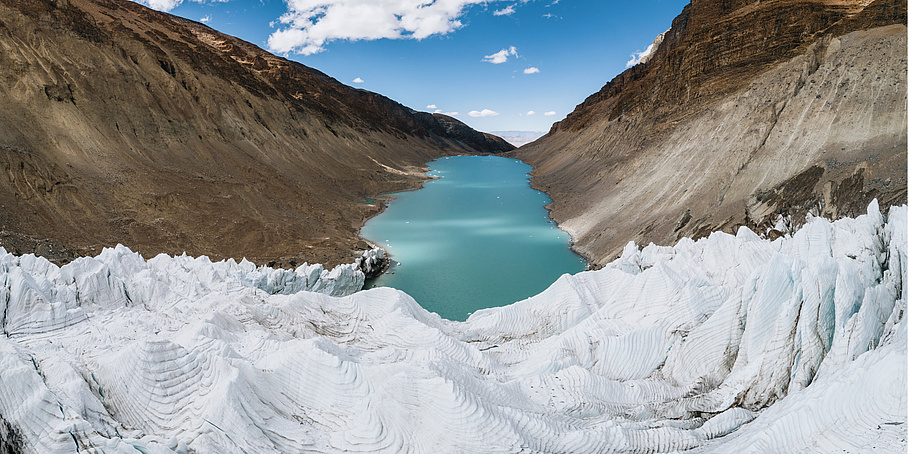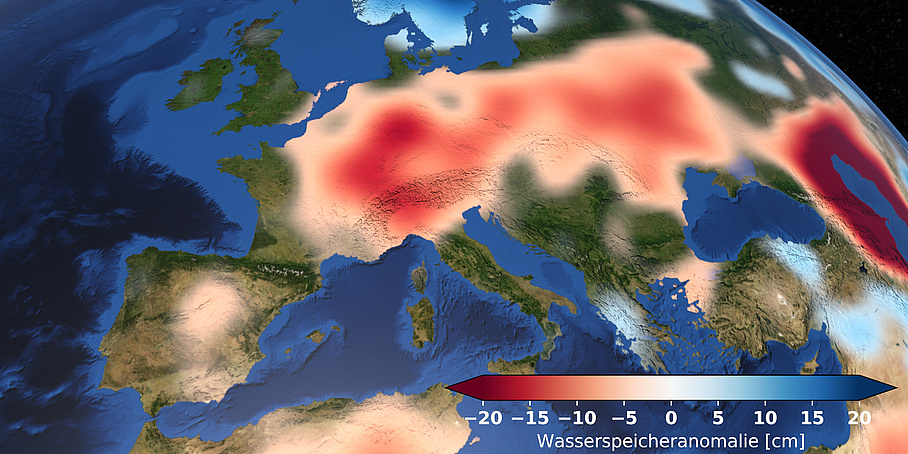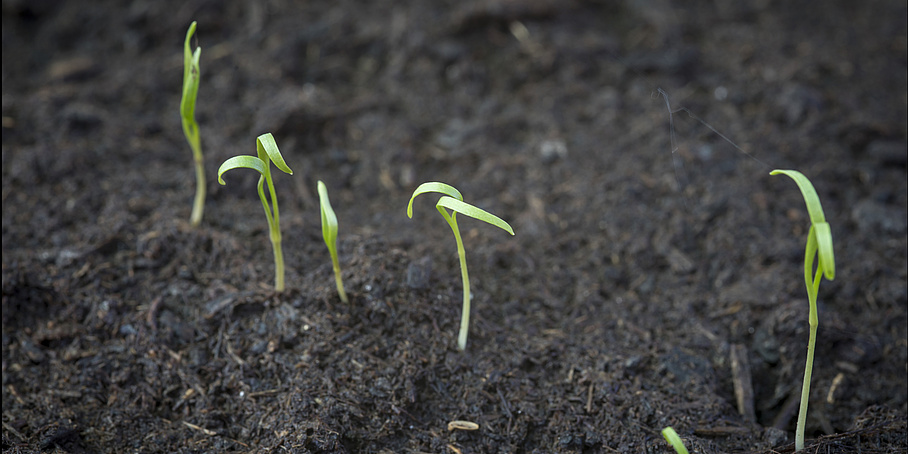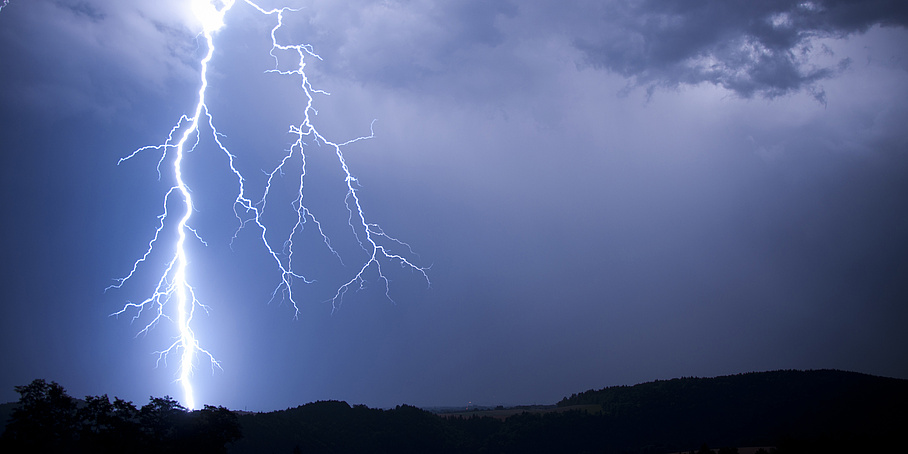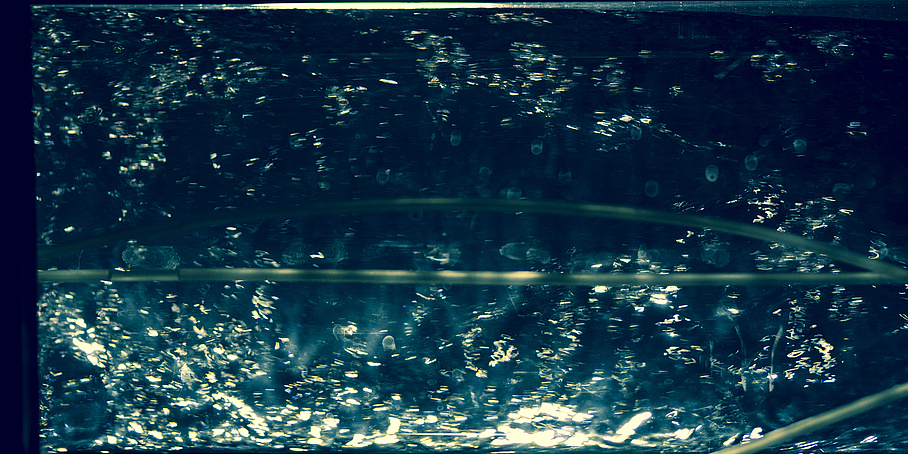Too much or too little water - especially in the summer months, periods of drought alternate with violent storms. Both are catastrophic for agriculture and life. Our plants alternately die of thirst and drown - often very quickly one after the other.
But what is the reason for this? Are we making our own water problem? What is the state of our groundwater? How can it be too dry and too wet at the same time? What can we do about it?
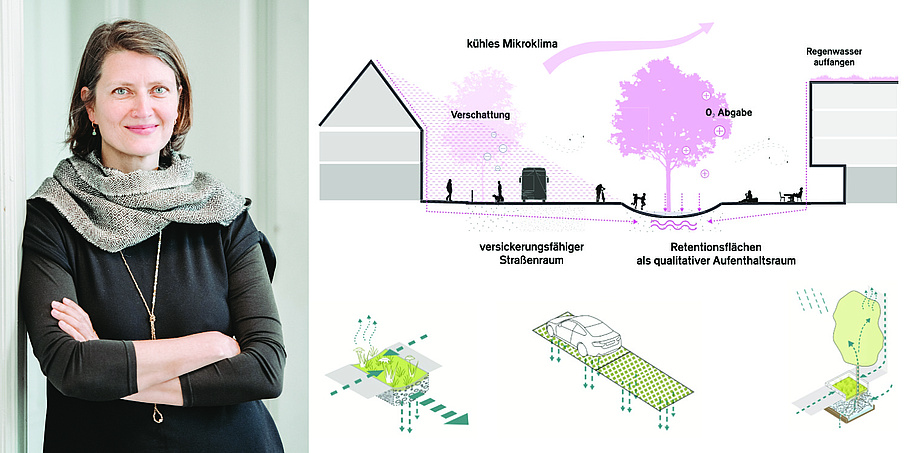
The City as a Sponge - Turning Heat Islands into Water Reservoirs
In the PeriSponge project, a team led by Eva Schwab from the Institute of Urbanism is developing an evidence-based toolbox that municipalities can use to minimise surface sealing and thus the risk of flooding.
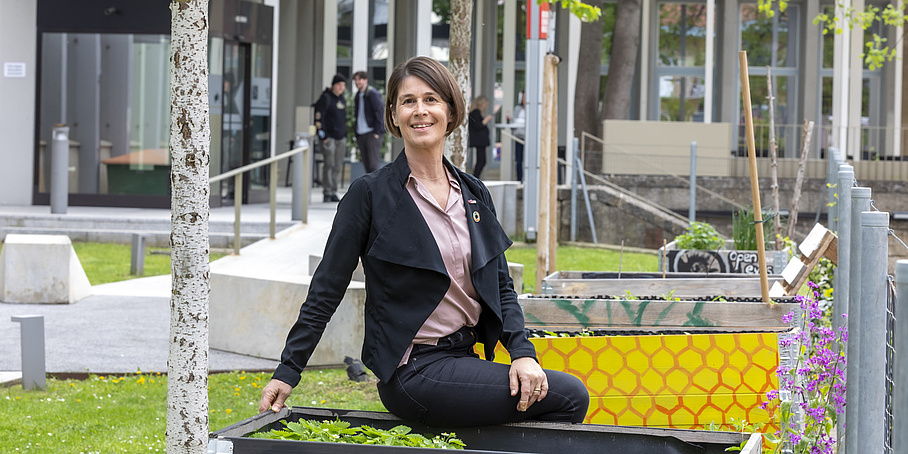
“We have to make the urban water cycle close to nature again.”
How can we deal with droughts and floods? To what extent are we ourselves to blame? An interview with Daniela Fuchs-Hanusch from the Institute of Urban Water Management and Landscape Water Engineering at TU Graz.
Hidden Ice Melt
A study by a multinational research team with the participation of Graz University of Technology shows that the actual mass loss of numerous glaciers in the Himalayas has been significantly underestimated so far.
Satellite Data Shows Sustained Severe Drought in Europe
Europe lacks groundwater – a lot of groundwater. The continent has already been suffering from a severe drought since 2018. This is confirmed by satellite data analysed at the Institute of Geodesy at TU Graz.
How Can We Counter the Climate Crisis?
The clear answer at TU Graz is by diverse research and green innovations. And this is exactly how the University is working for a more sustainable future.
How do Lighning Discharges and Thunderstorms occur?
The Austrian Alpine region shows one of the highest lightning activities in Europe. Lukas Schwalt from the Institute of High Voltage Engineering and System Performance at TU Graz answers questions about the origin of lightning discharges and thunderstorms, dangers and myths.
From the Archive: Miraculous Water
The precious resource water is so much more than refreshment in summer: for us humans it is essential for life, generates and stores energy, can harm and help. And it's under threat.
